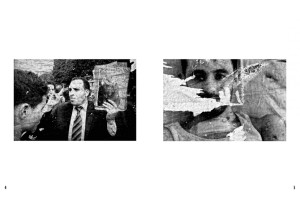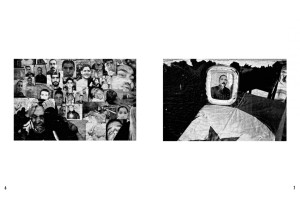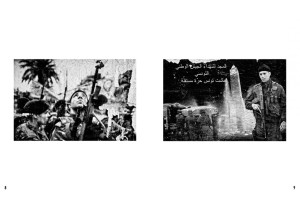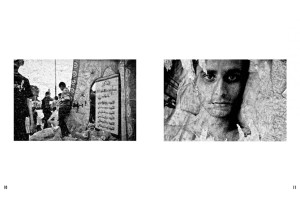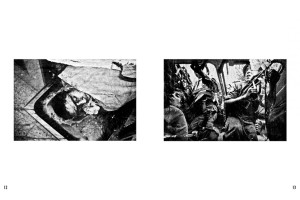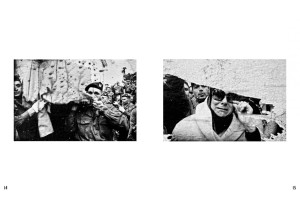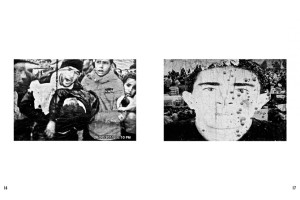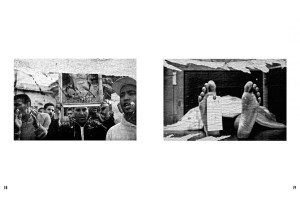From December 2010 until the early months of 2011, a series of demonstrations and riots rocked several cities in the south-central Tunisia, giving life to the Tunisian Revolution, also known as the Jasmine Revolution. The triggering event of the movement is to be identified in the shocking suicide of the young Mohamed Bouazizi, an itinerant merchant who, in December 17th, 2010 set fire to himself on the seat of government of Sidi Bouzid after police officers began to harass him and confiscated his goods. The young twenty-six died on January 4th, 2011 (eighteen days later) at the large burns center of Ben Arous. His act kicked off the riots of 2010-2011 that transformed Tunisia politically, socially and economically, compelling President Zine El-Abidine Ben Ali to go away after a mandate of 23 years. Two years after Jasmine Revolution, in different streets of Tunis, glued to the walls of the city, you can still see the photographs taken by the population during the riots. Images worn and aged by the passing of time, depicting the suffering of those participated in the revolution and the faces of those who have paid freedom with their lifes. Fragments of a revolution fought in the name of justice, which in someone’ s opinion, would help not to forget the atrocities suffered by the Tunisian people.










